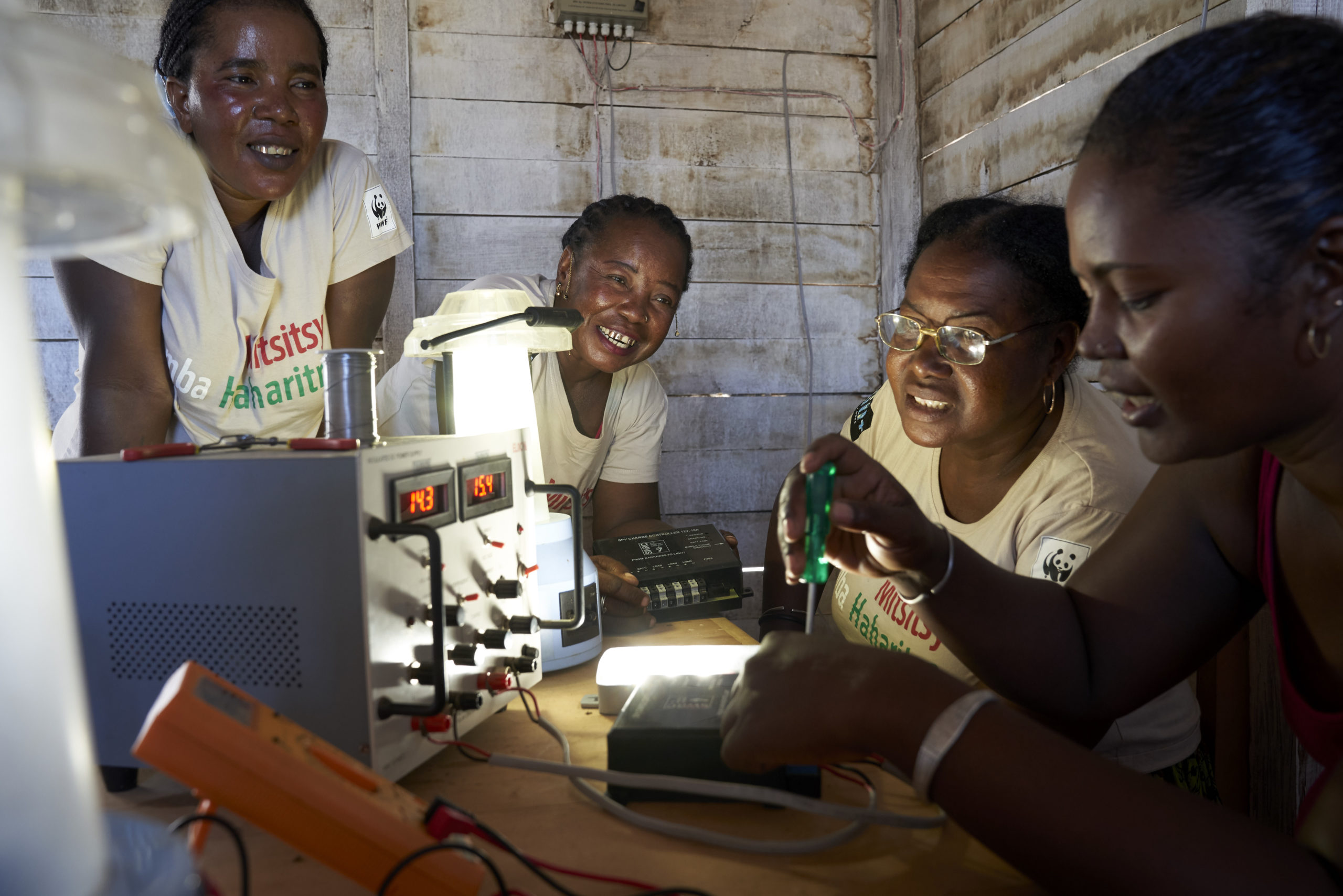Located in the fokontany of Ambatomainty, a rural community of Tsiafajavona, district of Ambatolampy, Vakinakaratra region, the Barefoot College Madagascar training center opened its doors in July 2019.
Since its establishment, the Training Center has trained 88 women from remote rural areas to become Women Solar Engineers. At the end of the training, they are able to assemble, maintain and repair the solar equipment that is installed in their village.
They are also trained, as part of the ENRICHE curriculum, on various topics including: digital literacy, health, nutrition, income-generating activities, women’s rights, etc. The objective
is that they can become agents of change when they return to their community.






